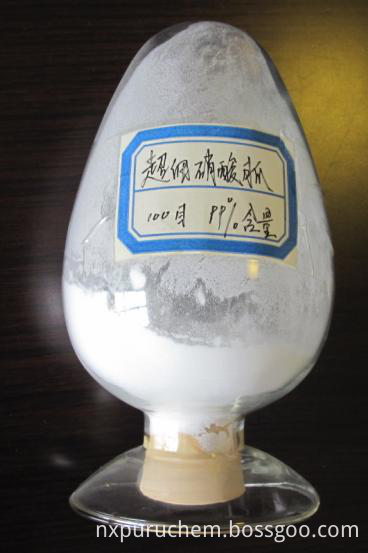The amount of heat that buildings lose from the windows during the winter is great. According to US statistics, the energy lost by buildings through windows accounts for about 30% of the building's energy consumption. In Sweden, the proportion is even larger, about 70%. China's statistics show that it accounts for about 50%. Practices at home and abroad have proved that improving the insulation performance of building envelopes, especially improving the insulation performance of windows, is the most economical and effective way to prevent heat loss from buildings. The application of insulating glass in construction plays a key role. According to US data, high-rise office buildings use silver-gray insulating glass windows to consume 5,494 KJ per square foot of heating per year, which is about 2/3 of the energy savings compared to single-glazed windows (single-layer glazing has an annual heating capacity of 17,775 KJ per square foot). .
With the development of China's national economy, the state has become more and more demanding on environmental protection, energy conservation, and improvement of living conditions, and a number of technical regulations have been formulated accordingly. The "Design Standard for Energy Efficiency of Civil Buildings" (JGJ26095) (hereinafter referred to as the new standard) revised in 1995 requires that the heating energy consumption of buildings be reduced by 50% compared with the standards of the 1980s (including 30% for buildings and 20% for heating systems). New requirements are placed on the heat transfer coefficient of the building's surrounding structural materials and doors and windows. The heat transfer coefficient of single-layer glass window is 6W/m2. The heat transfer coefficient of single-frame double-glass steel-plastic composite window is 3.5W/m2.K, and the heat transfer coefficient of single-frame double-glass plastic window is 2.6 W/m2. K. Insulating glass must be used for windows with a heat transfer coefficient of 2.5 W/m2.K or less.
According to the new standard, Beijing, Tianjin, Shenyang, Dalian and other places can meet the requirements with double glass. However, double glass is prone to condensation problems, especially when the double glass seal is not tight, the inner surface of the hollow glass is easy to fog and affect the performance. Therefore, replacing double glass windows with insulating glass is an inevitable development trend.
Although China's new standard has greatly improved the heat transfer coefficient of windows compared with the original standard, there is still a certain gap compared with foreign countries.
At present, the main problem in the use of insulating glass in China's construction industry is the increase in construction cost. The increase in construction costs can be quickly recovered from energy savings. The technical and economic calculation results of the use of insulating glass in buildings made by the planning department show that the energy-saving effect of using insulating glass in cold regions of China (Northeast and Inner Mongolia) can compensate for the increased construction cost within 4-5 years.

Concerned about surprises
Label: Building energy saving
Previous: Identification and purchase of plasterboard Next: Understanding the moisture and insect proof of the wardrobe makes the wardrobe more longevity
These raw materials are for pharma, mainly for human pharma, such as melbine (DMBG)
It is basic material for many fields, such as pharma, chemical, dying, washing industry, and manufacture industry. Some are powder, some granule, some flake, some crystalline. As below pictures:

It is identified by purity and granule/block size, purity is the main identified method. It is used in different products as per its size.
Raw Material Of Pharma
Raw Material Of Pharma,Pharma Raw Material,Pharmaceutical Raw Material,Pharmaceutical Raw Materials
NINGXIA PURU CHEMICAL CO., LTD , https://www.nxpuruchem.com